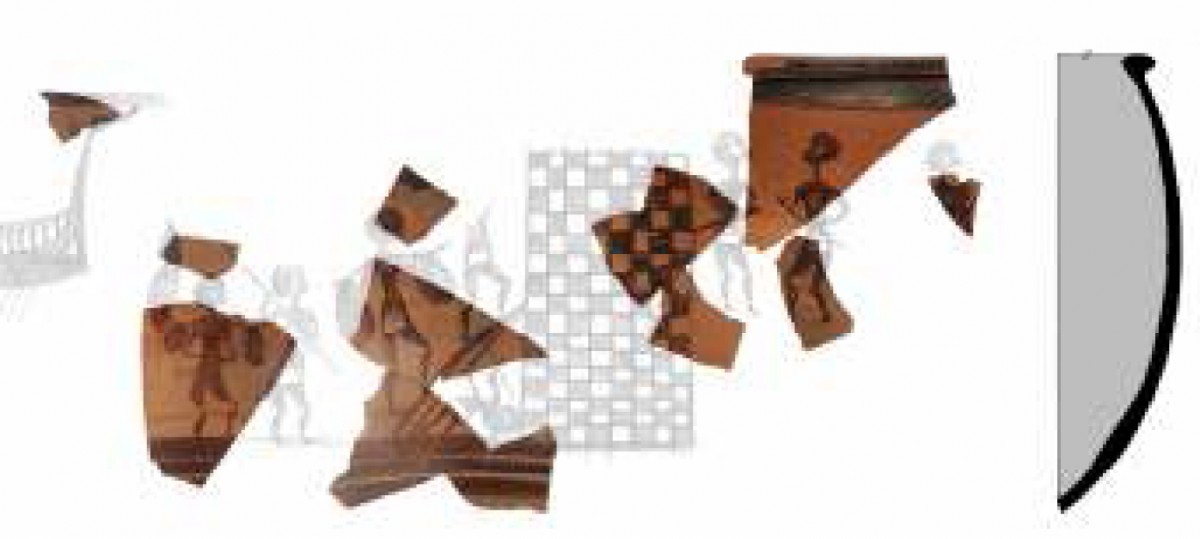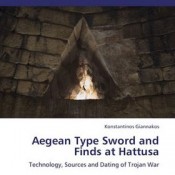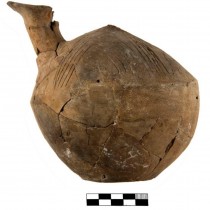Continuity or discontinuity in Greek religion and cult is today a controversially discussed issue. Whereas the great Swedish scholar Martin P. Nilsson was of the firm conviction that the Greek religion of the 1st millennium BC had its roots in the Minoan-Mycenaean religion of the 2nd millennium BC and that the history of a number of Greek sanctuaries goes back to the 2nd millennium BC, some influential present day scholars (F. de Polignac, J. Whitley, I. Morris) refuse this and see a complete break between the 2nd and the 1st millennia BC.
Professor Wolf Dietrich Niemeier (Honorary Director of the German Archaeological Institute at Athens) will address the topic “The Mycenaean sanctuary at Abai/Kalapodi and the question of continuity of cult between the Bronze and the Iron Age”, during the the 4th meeting of this year’s Mycenaean Seminar series, which will be given on Thursday, January 29, 2015.
Important new evidence concerning this question has recently come to light in the oracle sanctuary of Apollon of Abai in ancient eastern Phokis, near the village of Kalapodi. A sequence of ten temples has been excavated, which demonstrates cult continuity at this place from at least from at least ca. 1400 BC to the 2nd century AD. The first temple was built in LH IIIA 1 and destroyed at the end of LH IIIA 2. After that many votives, among them 27 seal stones, were deposited on the ruin as foundation offering for the second temple. This contained important cult installations: a horseshoe-shaped clay altar and a platform for animal sacrifice. From it come also the fragments of a female terracotta figurine. Temple 2 was destroyed at the end of LH IIIB. After the collapse of the Mycenaean palace system, the LH IIIC-sanctuary with temple 3 formed a meeting point for the newly emerging elite who met at the site for sacrifice and feasting, as rich finds demonstrate.
In recent discussions about continuity or discontinuity in cult and religion between the Bronze and Iron Age, the sanctuary at Abai/Kalapodi is named as the only Greek sanctuary showing continuity. This is not true, however, as other recent excavations in the sanctuaries of Athena at Miletus, of Hera on Samos (both excavated by the speaker) and Mt. Lykaion demonstrate. Following these new data it appears worth to re-examine also sanctuaries excavated earlier, as will be demonstrated with the example of Delphi.
Where and when: A. Argiriadis Amphitheatre, Central building of the University of Athens, Panepistimiou 30, Athens. Thursday, January 29, 2015, 7.00 p.m.
The Organizing Committee: Nagia Polychronakou-Sgouritsa, Iphiyenia Tournavitou, Emilia Banou.




